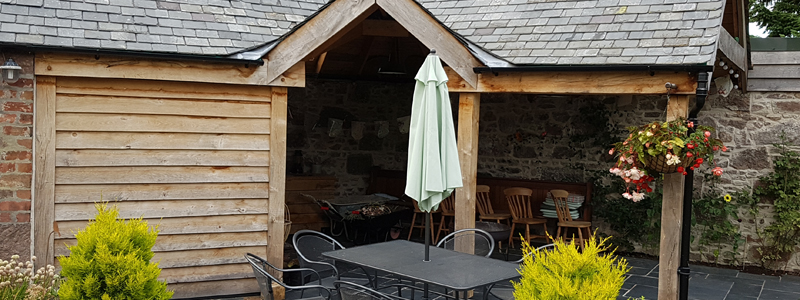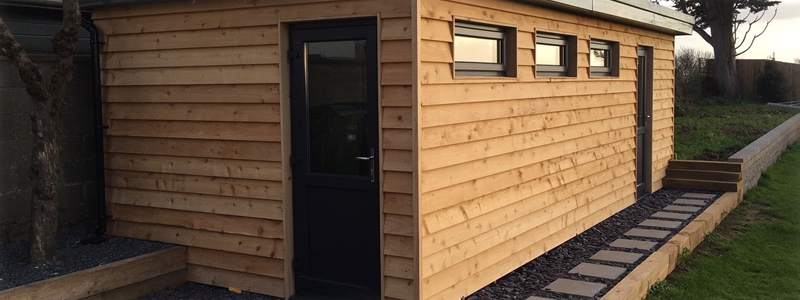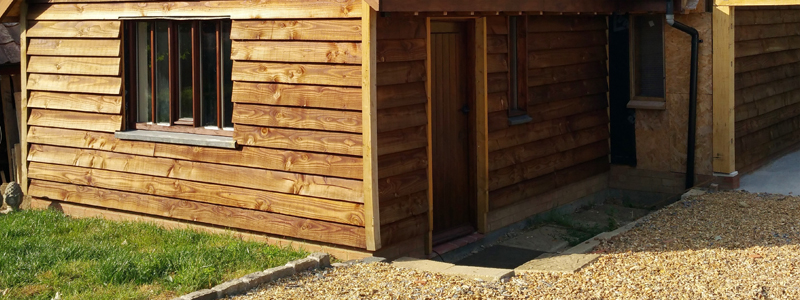Articles: Focusing on British Timbers
What makes British Timbers so popular? Are they easily accessible? Are they suitable for my needs? Found out all that and more as we take an in depth look at some of our favourite timbers from our forests.
English Oak
Oak has been used heavily in construction throughout the years for fully Oak framed buildings and as trusses in brick buildings to help with the structural integrity of the roof. The timber is exceptionally strong and durable, so it is able to take immense loads.
After the first world war English oak supplies were dwindling as a lot of timber was used in the war effort. However, since then, the forestry commission has been campaigning successfully to increase the amount of forest land in Britain and as a direct result timber has once again become a sustainable resource.
Much like its European counterpart, British Oak, can be used for an all manner of joinery purposes as well as construction. The main difference between itself and the European is that the English timber tends to contain slightly more knots.

British Western Red Cedar
Cedar is another home-grown favourite which is mainly used for external joinery and cladding. Although it is not Kiln Dried, British Western Red Cedar, is still stable enough to be machined to a profile.
British Cedar is readily available across the UK and can be sourced from certified reliable sources. Homegrown Cedar tends to differ quite a lot from the imported Canadian Cedar. The British tends to be a pale red, has a lot less colour variation and has a lot more knots.

British Douglas Fir
British Douglas Fir is one of the most used softwoods in Britain and has many similar uses to Oak, although it isn’t as durable. This means that Douglas Fir can be used for exterior and interior joinery as well as construction.
The main differences between Canadian and British Douglas Fir is the knot content, the imported timber has minimal knots whereas in the homegrown they are more frequent. The British is also a paler red than the red-orange of the Canadian Douglas Fir.

British Larch
British Larch’s original habitat is mountainous areas such as the Alps and the Carpathians. However, it was planted and has resided within the UK since the early 1600’s. The timber is mostly used for structural and exterior joinery. When dried it has a tendency to warp and knots can split and/or become loose.
British Larch is one of the most cost effective timbers that we supply and is what we use for our charred cladding products. The timber is an orangey colour and it contains frequent knots. Siberian Larch in comparison is more of a creamy colour and will have some knots but they be as frequent as in the British.








 Main Menu
Main Menu

